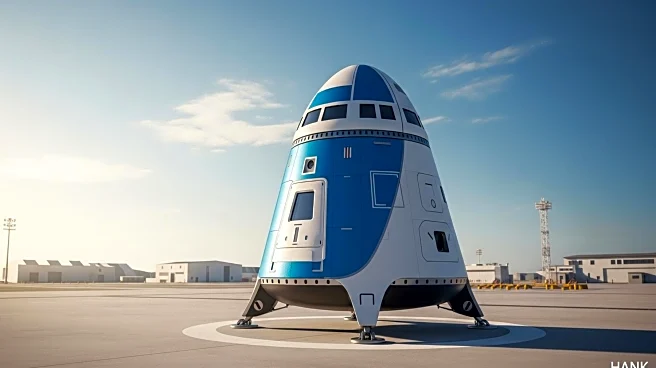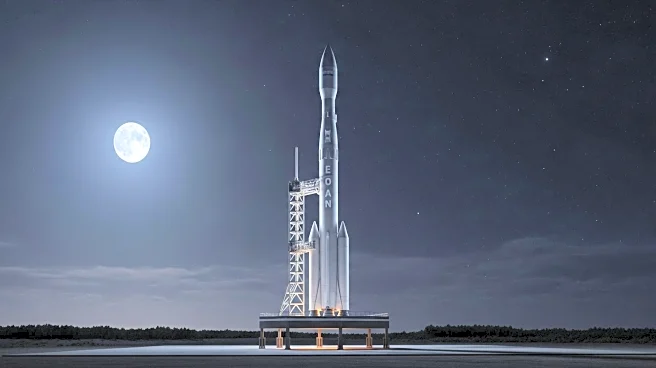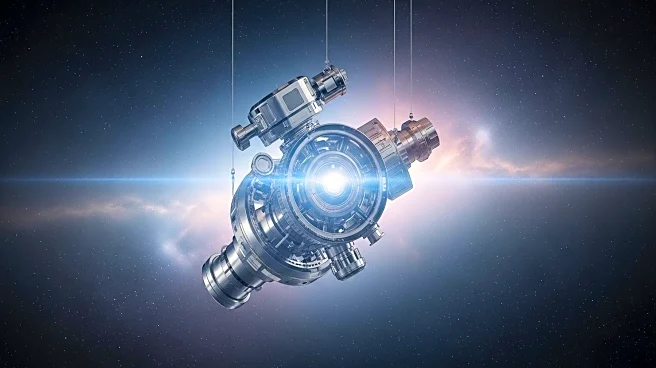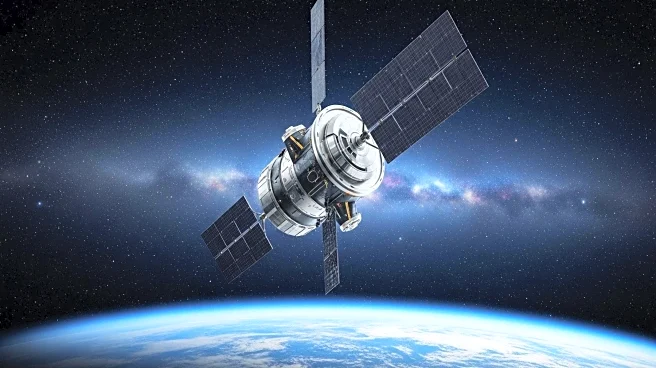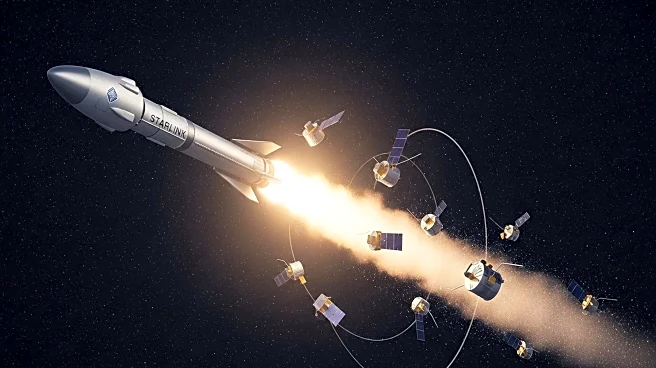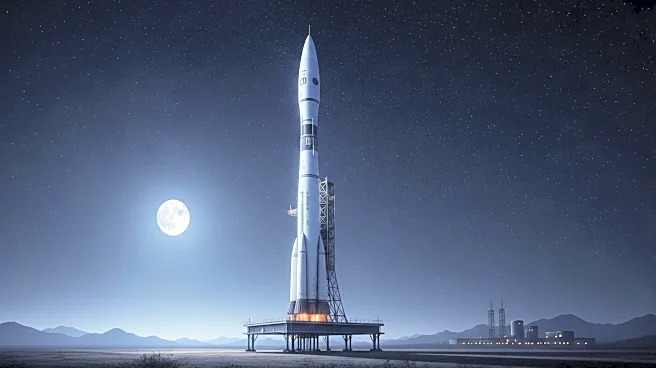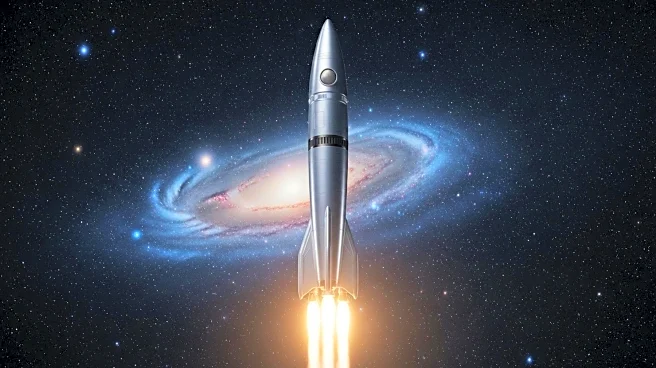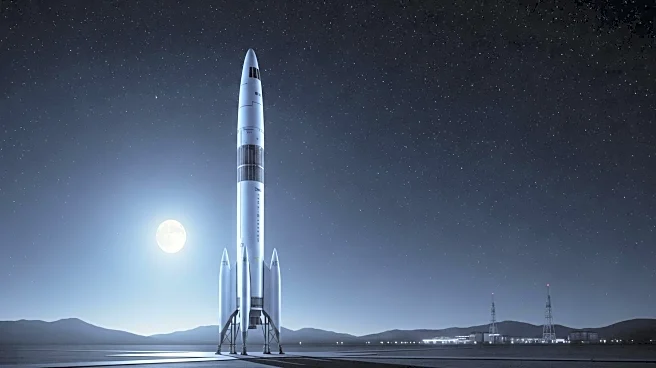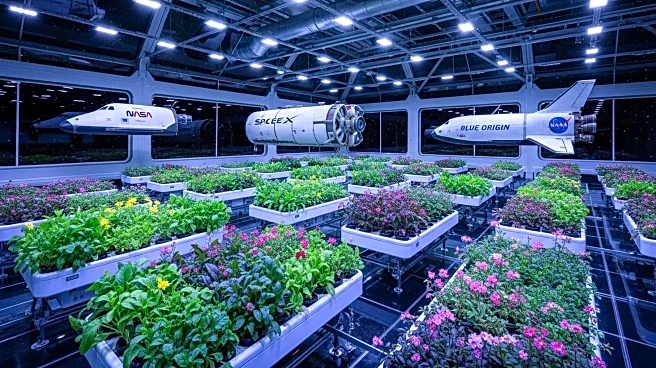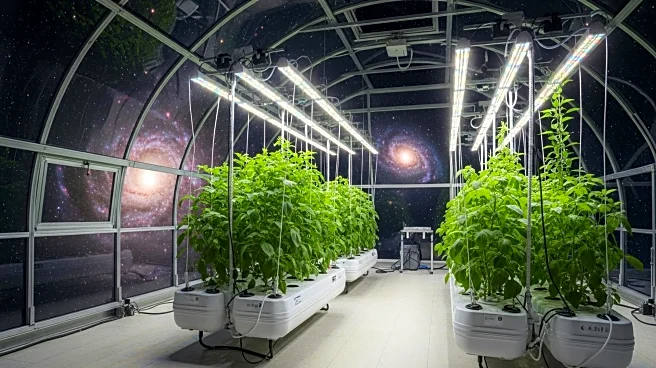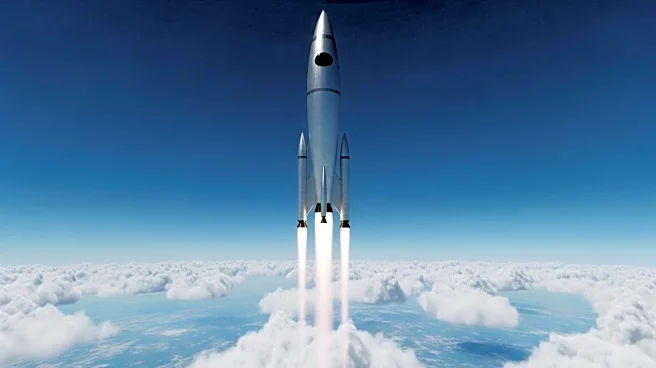What is the story about?
What's Happening?
Blue Origin is expanding its New Shepard fleet to increase the frequency of its suborbital space tourism flights to potentially once a week. The company plans to add three new vehicles to its fleet and is considering a second launch site to complement its West Texas base. This expansion aims to meet the growing demand for space tourism and alleviate scheduling bottlenecks. Blue Origin's New Shepard has already completed over 30 flights, including missions with high-profile passengers, and is focusing on reliability and scalability to enhance its market position.
Why It's Important?
The expansion of Blue Origin's space tourism operations reflects the increasing interest and investment in commercial spaceflight. By increasing launch frequency, Blue Origin aims to capture a larger share of the burgeoning space tourism market, competing with companies like Virgin Galactic and SpaceX. The move could attract a broader customer base, including international clients, and drive innovation in reusable space technology. This development underscores the potential for space tourism to become a significant economic sector, offering new opportunities for research, education, and entertainment.
What's Next?
Blue Origin will focus on finalizing the development of new vehicles and selecting a suitable location for a second launch site. The company will also need to address supply chain and workforce challenges to support its ambitious expansion plans. Regulatory approvals and site selection will be critical to achieving the desired launch frequency. As Blue Origin continues to innovate, it may explore partnerships and collaborations to enhance its offerings and maintain a competitive edge in the space tourism industry.
AI Generated Content
Do you find this article useful?
